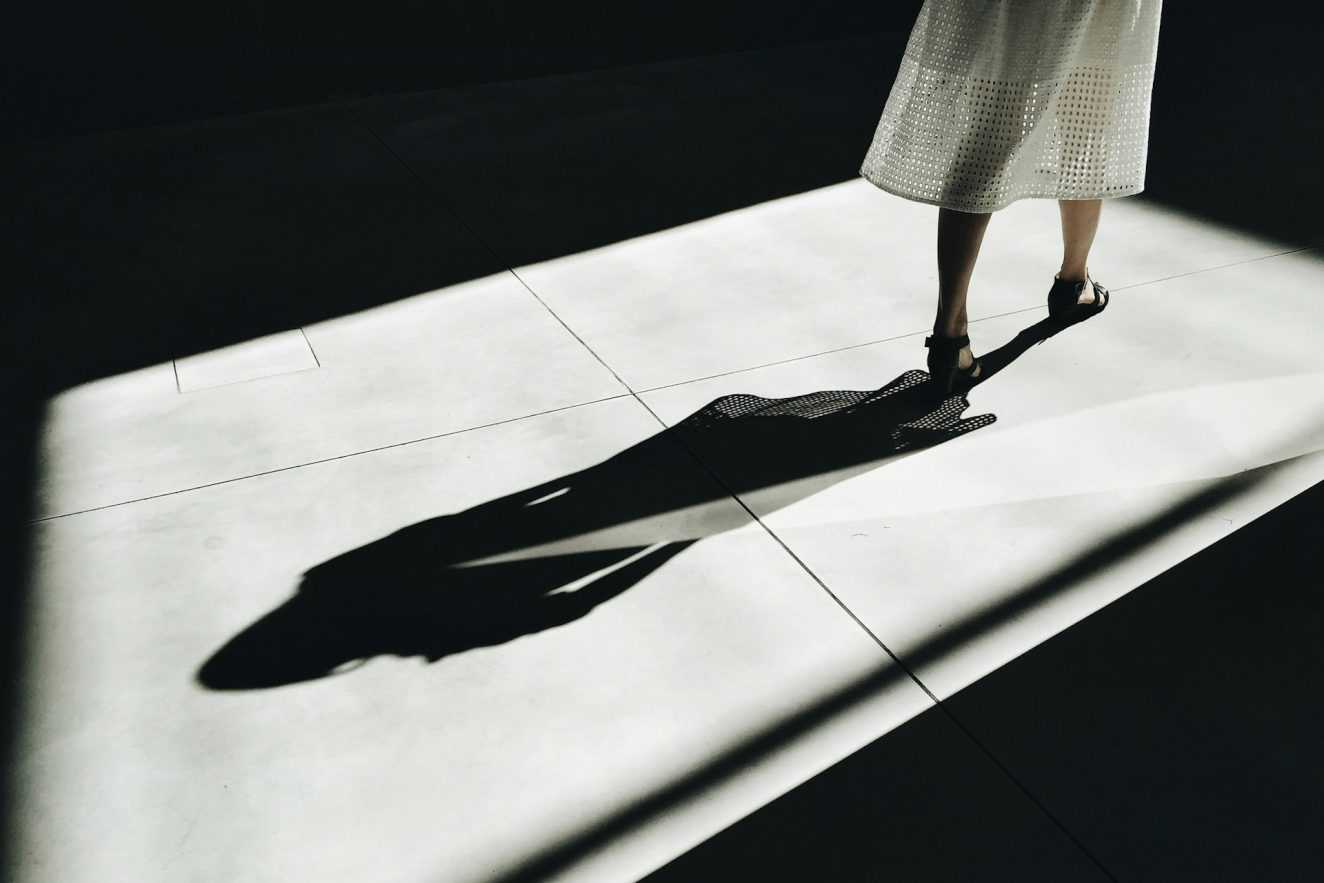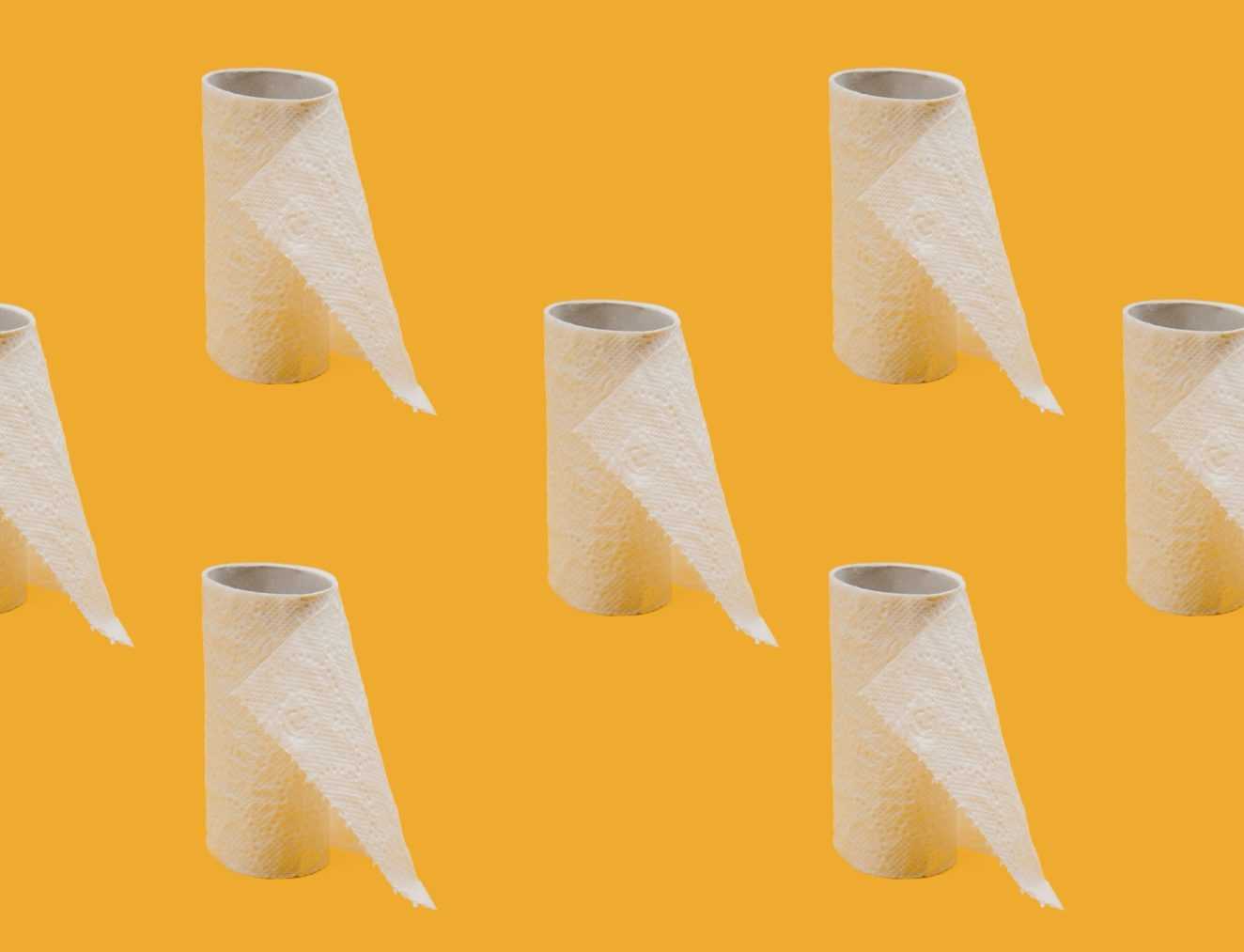Shadows—mysterious and ever-present—are something we’ve all experienced since childhood. Who hasn’t chased their own shadow on a sunny day or made playful hand puppets on a wall? But have you ever stopped to wonder why shadows form or what makes them change shape and size throughout the day? Well, you’re in luck! This fun and friendly guide is here to decipher the mysteries of shadows, how they’re created, and why they behave the way they do. Get ready to dive into the world of light, darkness, and the magic in between!

What Exactly Is a Shadow?
Let’s start with the basics. A shadow is simply an area where light cannot reach because an object is blocking it. Think of it like this: light travels in straight lines. So, when something opaque (something light can’t pass through, like your body) gets in the way, the light is stopped in its tracks. The result? A shadow!
You can easily see this phenomenon on a sunny day when your body blocks the sunlight and casts a shadow on the ground. But it doesn’t stop with the Sun—any light source, whether it’s a candle, a light bulb, or even the glow of your computer screen, can create a shadow if something gets in the way.
A shadow may resemble the shape of the object casting it, but it’s not a reflection. It’s more like a “footprint” of the object, showing where the light can’t reach.
Sources of Light
When you think of shadows, the Sun probably comes to mind first. That’s because the Sun is the most common and powerful source of light we encounter every day. But did you know that other light sources, like stars, candles, and even tiny glow-worms, can also create shadows?
Every source of light sends out rays that travel in a straight line until they hit something. The strength and brightness of these light sources affect how easily you can see the shadows they create. For example, your shadow is sharp and clear when you’re standing under bright sunlight, but it may be softer or even barely visible under the glow of a dim candle.
Want to see this in action? Shine a flashlight (or use your phone’s torch) on an object in a dark room. Notice how the shadow becomes sharper and more defined when the light source is strong and close. Move the light farther away, and the shadow becomes blurry. The size and intensity of the light source play a huge role in shaping the shadow.
Changing Shapes and Sizes
Here’s something fun—your shadow changes shape and size throughout the day, especially when you’re outside under the Sun. But why does that happen? It all comes down to the position of the light source.
In the morning or late afternoon, when the Sun is lower in the sky, your shadow stretches out, making you look tall and thin like a shadowy giant. But at noon, when the Sun is directly overhead, your shadow shrinks and huddles close to you, almost disappearing beneath your feet. You can recreate this effect indoors with a flashlight—just change the angle of the light, and watch how the shadow grows or shrinks.
So, next time you’re out for a walk on a sunny day, take a moment to observe your shadow’s shape and length. It’s a fun reminder of how the movement of the Sun (or more accurately, the Earth!) affects the world around us.

It’s Not the Sun That Moves—It’s the Earth!
Okay, now here’s where things get interesting. You’ve probably noticed that the Sun seems to rise in the east and set in the west every day, right? But in reality, it’s not the Sun that’s moving—it’s us!
Our planet, Earth, is constantly spinning on its axis, completing one full rotation every 24 hours. This spinning motion is what makes it look like the Sun is moving across the sky. When the part of the Earth you’re on is facing the Sun, it’s daytime, and you can see your shadow. But as the Earth continues to spin and your location moves away from the Sun’s light, the day turns into night, and your shadow disappears.
In the morning, as your part of the world spins back towards the Sun, the light starts creeping in again, and voila—your shadow reappears with the sunrise. This daily cycle of light and shadow is all thanks to Earth’s rotation.
Why Summer and Winter Shadows Look Different
Ever noticed how your shadow behaves differently in summer compared to winter? This is where things get a little more scientific, but don’t worry—it’s still fun!
The Earth doesn’t just spin on its axis; it’s also tilted. This tilt is the reason we experience different seasons throughout the year. In the summer, your part of the Earth is tilted toward the Sun, so the Sun is higher in the sky, and your shadows are shorter. In the winter, when your part of the world is tilted away from the Sun, the Sun hangs lower in the sky, and your shadows are longer.
It’s not just about the length, though. The quality of light also changes with the seasons, which can make shadows look sharper or softer. Summer sunlight is more direct and intense, leading to crisp, well-defined shadows. In winter, the light is more diffuse, making shadows a bit softer and less distinct.
So, if you’re looking for dramatic, long shadows, winter is your season!
Fun Shadow Tricks to Try at Home
Now that you know the science behind shadows, why not have a little fun with it? Here are some cool shadow activities you can try at home:
- Shadow Puppets: Grab a flashlight and a blank wall, and use your hands to create shadow puppets. Can you make a bird, a dog, or a rabbit? The closer your hand is to the light source, the bigger the shadow gets!
- Shape-Shifting Objects: Shine a light on objects like cups, toys, or even plants. Move the light around and watch how the shadow changes. You’ll be amazed at how different shadows can look depending on the angle.
- Measuring Shadows: Go outside on a sunny day and trace your shadow with chalk at different times—once in the morning, once at noon, and once in the late afternoon. Compare the lengths and shapes of each shadow, and you’ll see how the Sun’s position affects them.

Shadows Are More Than Just Dark Spots!
Shadows are everywhere, from the ground beneath your feet to the walls of your home. They’re a fascinating part of our everyday life, shaped by light sources, the time of day, and even the tilt of the Earth. Whether you’re using them for fun (hello, shadow puppets!) or just marveling at how they change throughout the day, shadows are a constant reminder of the interplay between light and darkness.
So next time you step outside or switch on a light, take a moment to notice the shadows around you. They’re not just a lack of light—they’re a world of science, art, and fun rolled into one!





